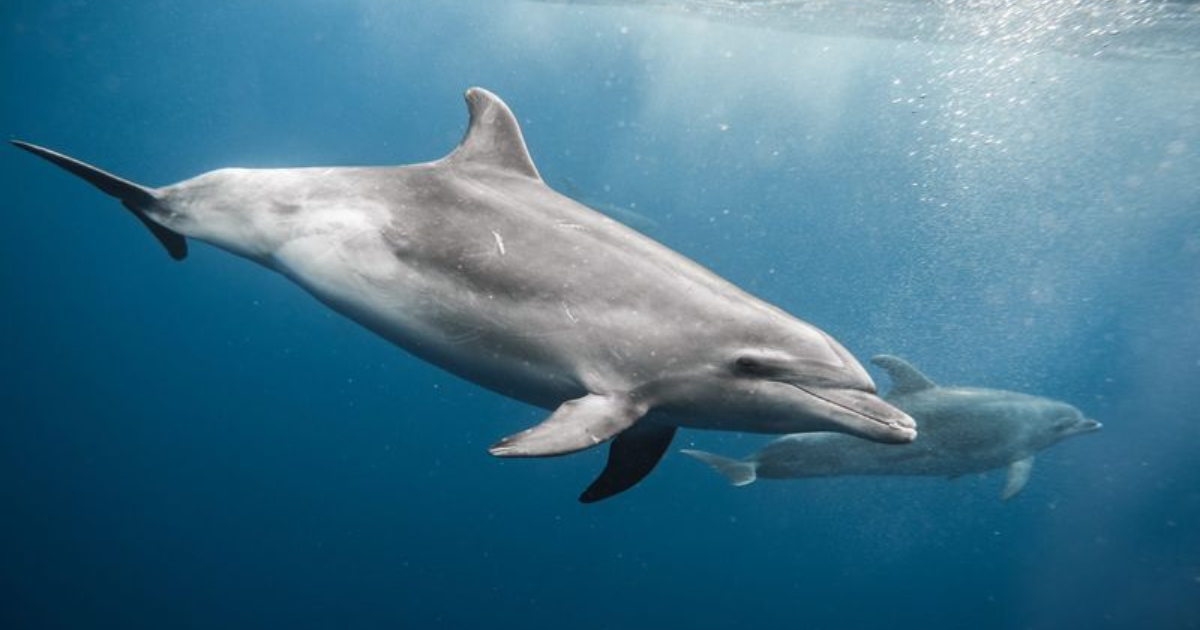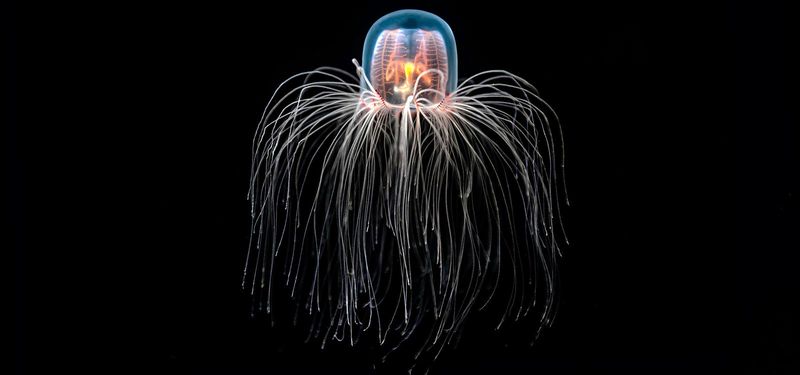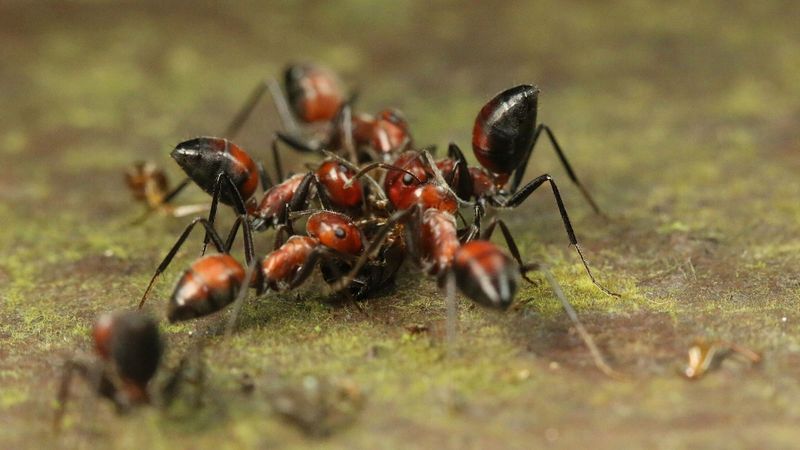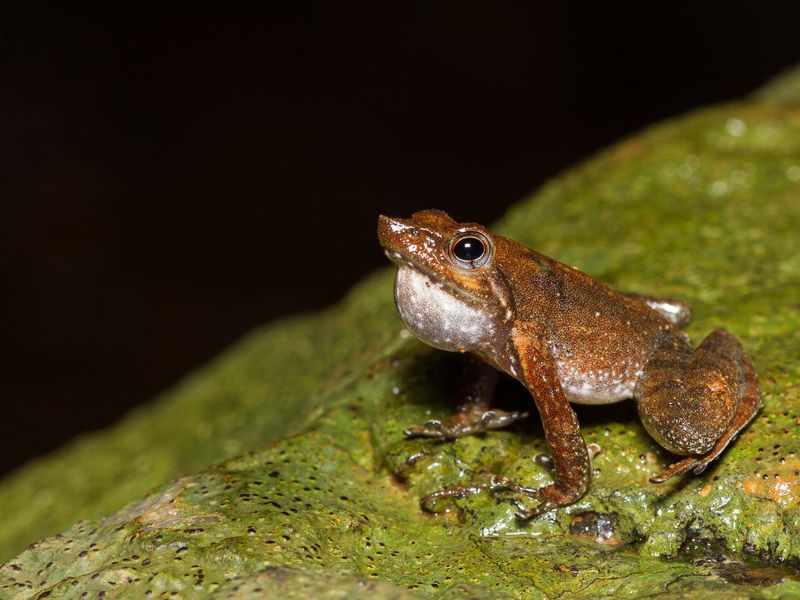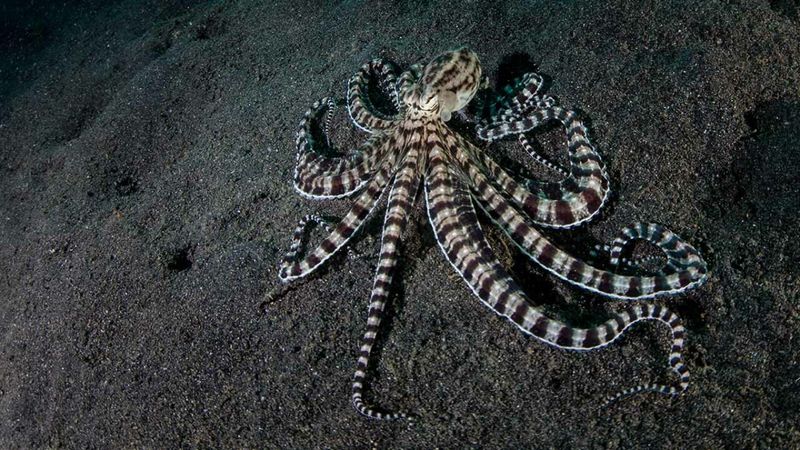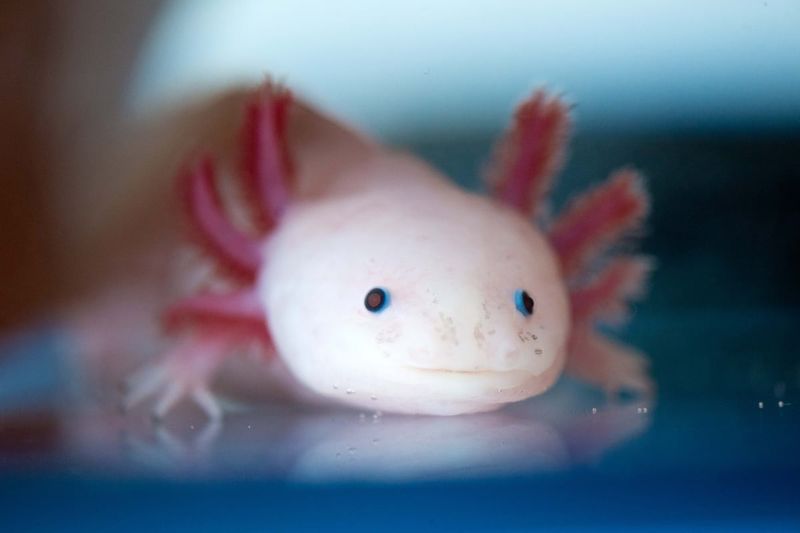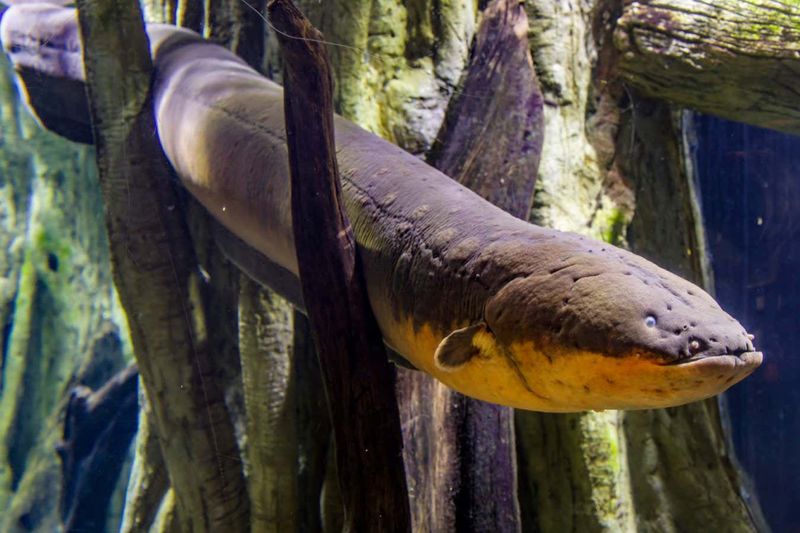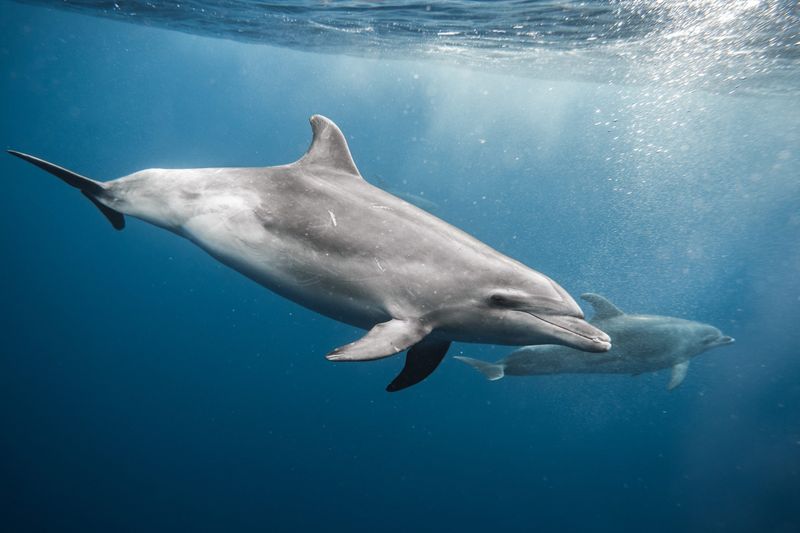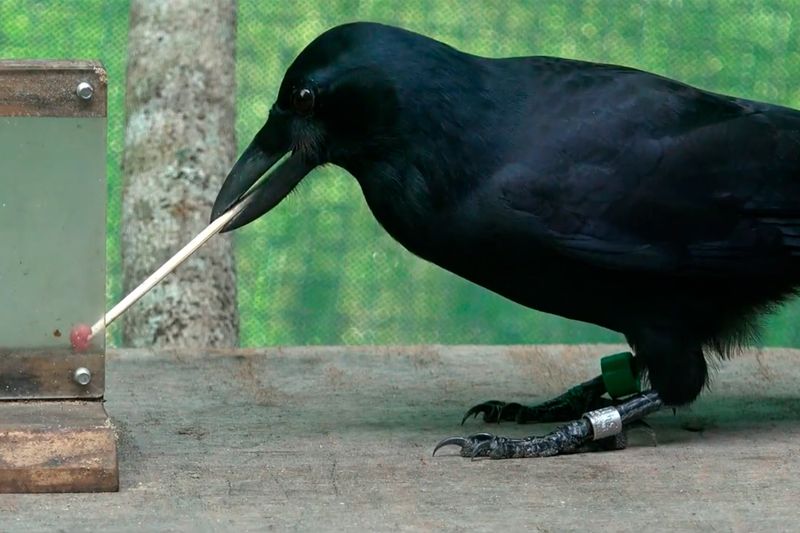📖 Table of Content:
The animal kingdom is a treasure trove of surprises, filled with creatures that constantly amaze us with their unique quirks and incredible abilities. Just when you think you’ve heard it all, along comes a fact so strange, so unbelievable, that it leaves you scratching your head in wonder.
From animals with behaviors straight out of a sci-fi movie to others boasting jaw-dropping physical features, nature truly knows how to keep us on our toes.
Have you ever wondered which animal can survive in space? Or which one’s tongue is longer than its entire body? These are just a glimpse of the marvels we’re about to uncover.
So, grab a cup of your favorite drink, settle in, and get ready to dive into ten of the most bizarre and fascinating animal facts you’ve probably never heard before.
10. The Immortal Jellyfish
The Immortal Jellyfish is a fascinating creature with a remarkable ability to essentially reverse its aging process. Found primarily in the Mediterranean Sea and around Japan, this jellyfish has the unique capacity to transform its cells back to a younger state, effectively starting its life cycle all over again.
This process, known as transdifferentiation, allows the jellyfish to bypass death, making it biologically immortal. Scientists are captivated by this process, as understanding it could unlock secrets related to aging and longevity.
While these jellyfish can still fall prey to disease or predators, their capacity to revert to a polyp stage and start anew remains one of the most extraordinary phenomena in the animal kingdom. This tiny creature, no larger than a fingernail, holds mysteries that could change our understanding of life and survival.
9. The Exploding Ant
Deep within the rainforests of Southeast Asia resides a species of ant that has developed a rather explosive defense strategy. Known as the Exploding Ant, this creature uses a unique form of self-sacrifice to protect its colony.
When threatened, the ant contracts its abdominal muscles, causing its body to burst and release a sticky, toxic substance. This sacrificial act is a last resort to fend off predators and can immobilize or deter them from attacking the colony.
This phenomenon is a brilliant example of altruism in the animal kingdom. The ant’s willingness to sacrifice itself for the greater good of its colony shows the complex social structures and survival strategies evolved over time. Despite their small size, these ants demonstrate a powerful and bizarre adaptation that continues to intrigue biologists and naturalists alike.
8. The Dancing Frog
Amidst the lush landscapes of India, the Dancing Frog performs a unique courtship ritual that has earned it its whimsical name. Known for its distinctive ‘foot-flagging’ behavior, this tiny creature uses its hind legs to wave and dance in order to attract a mate.
The male frog’s dance is a sight to behold as it raises and lowers its legs in a rhythmic display, a performance intended to catch the attention of females amidst the noise of running water. This fascinating behavior highlights the creativity and complexity of animal courtship rituals.
The Dancing Frog’s performance is not just for show; it serves a vital purpose in ensuring reproductive success. This captivating spectacle is a reminder of the diverse and imaginative ways animals have adapted to their environments and the challenges they face in the wild.
7. The Parasitic Cuckoo
The Parasitic Cuckoo is a master of deception, known for its cunning strategy of laying eggs in the nests of other bird species. This behavior, known as brood parasitism, allows the cuckoo to bypass the responsibilities of parenting by tricking host birds into raising its young.
The cuckoo’s eggs often mimic the appearance of the host’s eggs, making it difficult for the unsuspecting parents to notice the impostor among their clutch. Once hatched, the cuckoo chick may even push out its foster siblings to monopolize the food and care provided by the host parents.
This intriguing strategy highlights the lengths to which species will go to ensure their survival and propagation. The parasitic cuckoo’s behavior is a striking example of evolutionary adaptation and survival strategy, one that continues to captivate ornithologists and nature enthusiasts.
6. The Mimic Octopus
The Mimic Octopus is an astonishing marine creature with an incredible talent for impersonation. Found in the warm coastal waters of Southeast Asia, this octopus can transform its appearance to resemble a variety of other sea creatures, such as lionfish, flatfish, and even sea snakes.
By changing its color, texture, and behavior, the mimic octopus can avoid predators and surprise prey by blending seamlessly into its surroundings. Its ability to imitate more dangerous or toxic species is a survival tactic that showcases the intelligence and adaptability of cephalopods.
The mimicry skills of this octopus are not just a spectacle but a clever evolutionary strategy. In the complex underwater world, where threats are omnipresent, such deceptive abilities ensure the mimic octopus remains a step ahead in the game of survival, leaving researchers in awe of its capabilities.
5. The Regenerating Axolotl
The Axolotl, often referred to as the ‘Mexican walking fish,’ is renowned for its extraordinary ability to regenerate lost body parts. Unlike most other vertebrates, the axolotl can regrow entire limbs, spinal cords, and even parts of its heart and brain without any scarring.
This remarkable regenerative capability has made the axolotl a subject of extensive scientific research. Located in the lakes of Mexico City, these creatures hold the key to understanding and potentially replicating tissue regeneration in humans.
Despite facing threats from habitat loss and pollution, axolotls continue to captivate scientists and animal lovers alike. Their unique biology and regenerative prowess offer hope for medical advancements, making them not just bizarre but incredibly valuable to the scientific community.
4. The Electric Eel
Dwelling in the murky waters of the Amazon and Orinoco river basins, the Electric Eel is renowned for its ability to produce powerful electric shocks. These shocks are not only used for hunting and self-defense but also for navigation and communication within their aquatic environment.
The electric eel’s specialized cells, known as electrocytes, work in unison to generate electricity, enabling the eel to deliver shocks up to 600 volts. This incredible adaptation allows it to stun prey and deter predators, showcasing the unique evolutionary paths taken by different species.
Besides its shocking capabilities, the electric eel’s name is somewhat misleading, as it is more closely related to catfish than true eels. Its unique traits and adaptations continue to intrigue scientists and enthusiasts, making it a true marvel of the natural world.
3. The Sleep-Deprived Dolphin
Dolphins possess an extraordinary ability to remain awake and alert for extended periods, a phenomenon known as unihemispheric slow-wave sleep. This allows one hemisphere of the dolphin’s brain to rest while the other remains active, enabling them to swim, surface for air, and maintain awareness of their surroundings.
This adaptation is crucial for survival in the wild, where being constantly vigilant is necessary to avoid predators and other dangers. It’s also essential for maintaining social bonds and communication within their pods.
The sleep patterns of dolphins have fascinated scientists, offering insights into sleep and brain function that may have implications for human health. Their ability to thrive with such limited sleep challenges our understanding of rest and continues to be a subject of extensive research and wonder.
2. The Non-Barking Basenji
The Basenji, often referred to as the ‘barkless dog,’ is an ancient breed known for its unique inability to bark like other dogs. Instead, it produces a distinctive yodel-like sound, often called a ‘barroo,’ due to its uniquely shaped larynx.
Originating from Central Africa, Basenjis were traditionally used as hunting dogs, prized for their keen eyesight and intelligence. Their quiet nature made them ideal companions for stealthy hunts.
While they may not bark, Basenjis are far from silent. They communicate through a series of vocalizations, including howls, growls, and yodels, expressing their emotions and needs effectively. This breed’s peculiar vocal behavior and rich history continue to intrigue dog enthusiasts around the world.
1. The Tool-Using Crow
New Caledonian Crows are among the most intelligent birds, known for their remarkable ability to use tools in the wild. These crows have been observed crafting sticks and leaves into hooks to extract insects from tree bark, a behavior once thought unique to humans and primates.
This tool-using ability demonstrates not only problem-solving skills but also an understanding of cause and effect, highlighting the cognitive complexity of these avian creatures. Their intelligence rivals that of great apes, challenging our perceptions of animal cognition.
The ingenuity of New Caledonian Crows has made them a focus of numerous studies on animal intelligence. Their ability to adapt and innovate in their natural habitat serves as a reminder of the diverse and extraordinary capabilities found within the animal kingdom.
